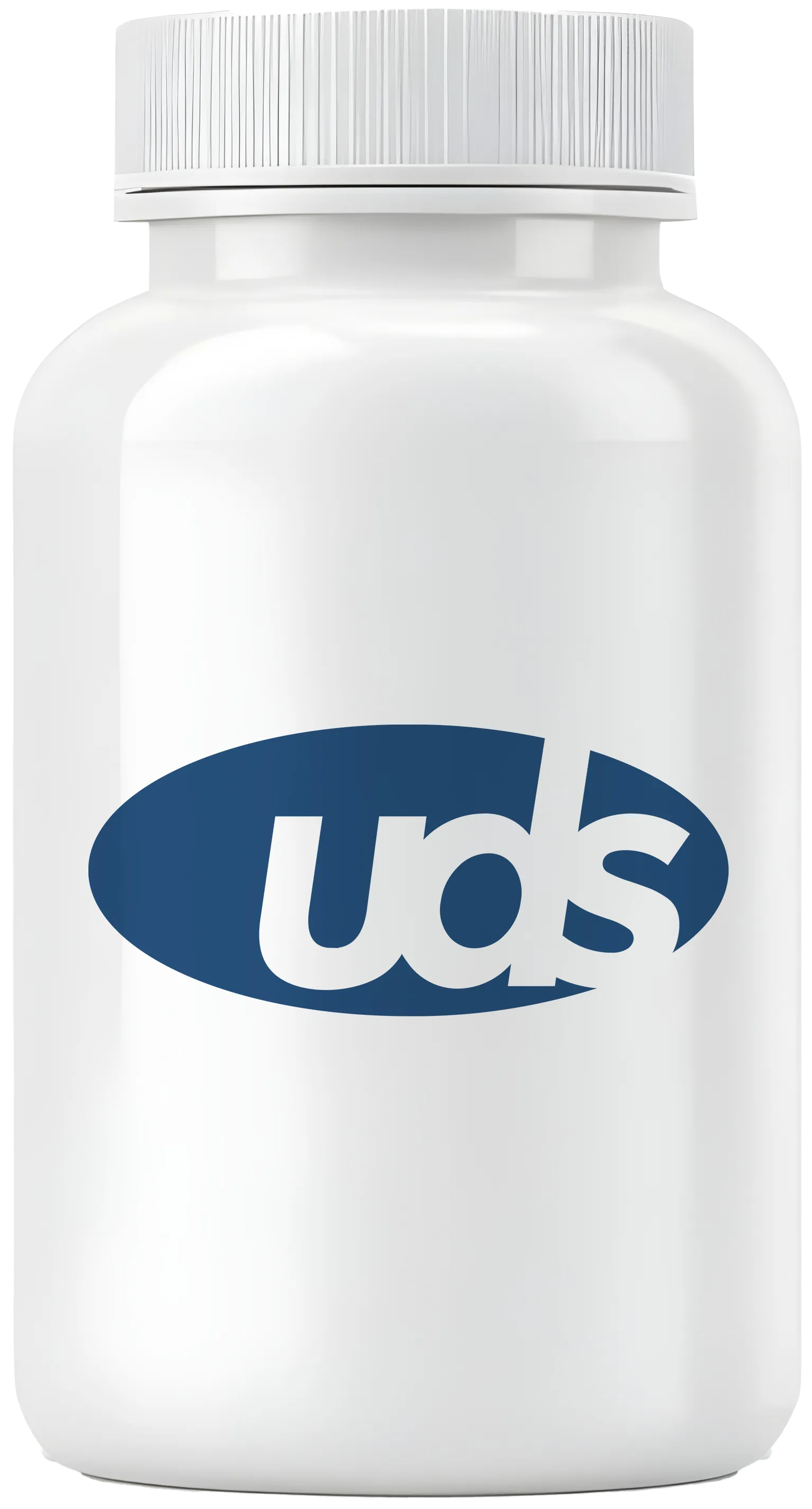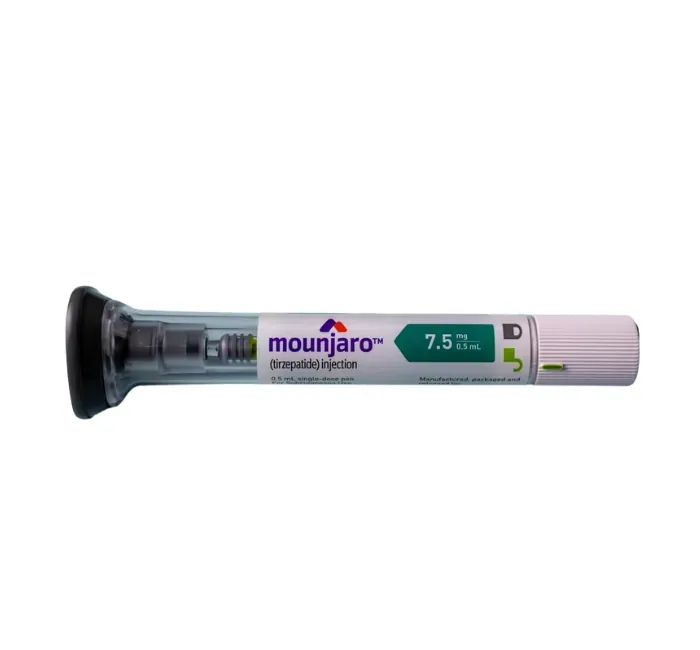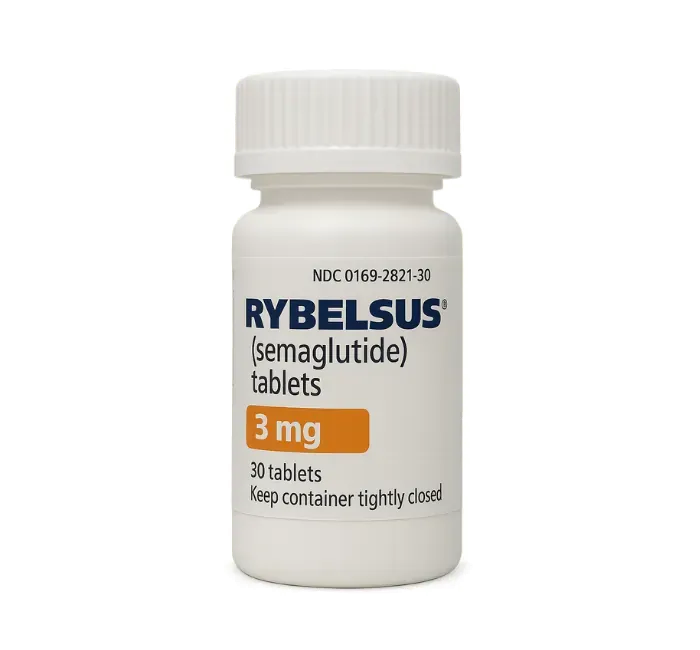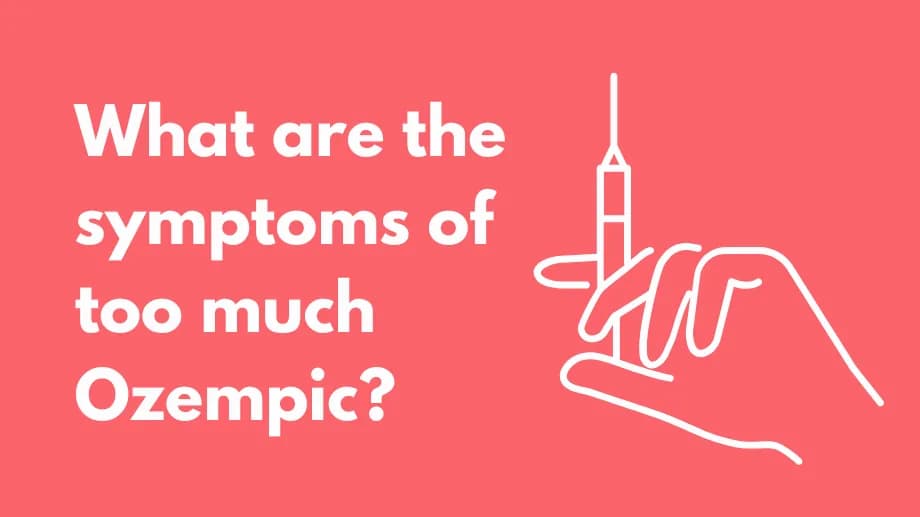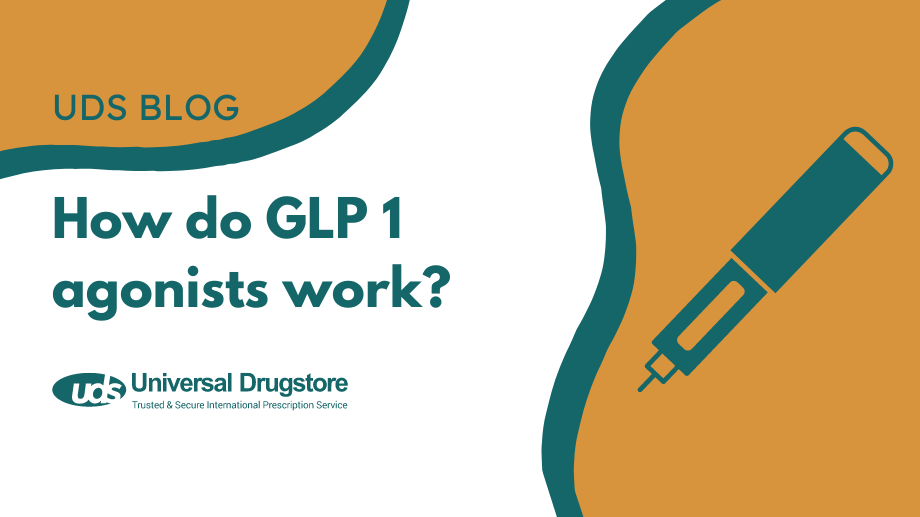What are the symptoms of too much Ozempic?
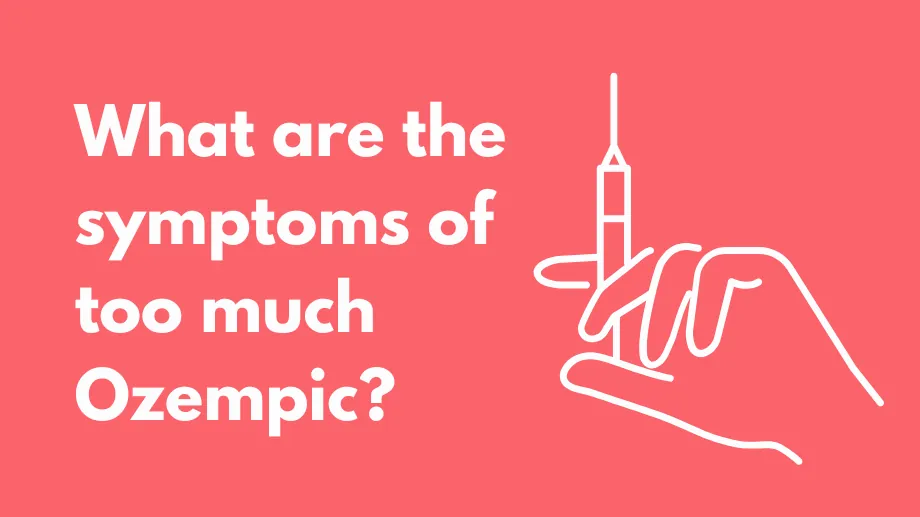
Accidental overdoses of the popular obesity and type 2 diabetes medication semaglutide, which is sold under the brand names Wegovy and Ozempic, have risen as these drugs have become more popular. From January to November 2023, calls to Poison Control Centers in the U.S. related to semaglutide increased by 15-fold when compared to 2019. Luckily, most of these cases were resolved after treatment with intravenous (IV) fluids and anti-nausea medications.
So what can happen if you take too much Ozempic? Read on to find this out. We will also discuss what Ozempic is used for, its typical dosage, and possible side effects.
What is Ozempic?
Ozempic is a prescription medication belonging to a class of drugs called glucagon-like peptide-1 or GLP-1 receptor agonists. It works by mimicking the effects of the GLP-1 hormone, which helps regulate your blood glucose levels, digestion, and appetite. Originally it was approved by the Food and Drug Administration (FDA) along with diet and exercise to lower blood glucose levels in adults with type 2 diabetes (T2DM). It also can help reduce the risk of cardiovascular events such as heart attack and stroke in adults with T2DM who also have heart disease.
During clinical trials, it had an unexpected but beneficial side effect: significant weight loss. This led to it being used off-label as a weight loss drug. This also led its drug manufacturer, Novo Nordisk, to get a higher dose of the active ingredient semaglutide FDA-approved for weight management under the brand name Wegovy.
What are the common side effects of Ozempic?
The most common side effects of Ozempic are typically mild and can be treated with over-the-counter products. They include nausea, vomiting, diarrhea, stomach pain, and constipation.
Ozempic also comes with a boxed warning from the FDA, concerning an increased risk of thyroid tumors and medullary thyroid cancer (MTC). Other possible serious side effects include:
- Inflammation of the pancreas (pancreatitis)
- Diabetic retinopathy
- Low blood sugar
- Kidney disease
- Gallbladder inflammation
- Severe allergic reactions (hives, swelling of your face, tongue, or throat, and shortness of breath)
Disclaimer: These are not all of the possible side effects of Ozempic. You should always seek medical advice from your healthcare provider for any questions or concerns about your medical condition or treatment.
What is the typical dose of Ozempic?
If your healthcare provider prescribes Ozempic, you will give yourself a subcutaneous injection (under the skin of the upper arm, thigh, or stomach) once a week using a prefilled pen.
Shop Medications
Because it can cause gastrointestinal side effects such as abdominal pain, nausea, vomiting, and diarrhea, you will typically be started with the smallest dose (0.25 mg). Your dose will then be slowly increased every 4 weeks until your blood sugar is controlled. The maximum dose of Ozempic is 2 mg weekly.
What are the signs and symptoms of an Ozempic overdose?
Taking too much Ozempic can cause some serious health problems that may require immediate medical attention, including:
- Seriously low blood sugar (hypoglycemia), which could be life-threatening. Symptoms include headache, shaking, dizziness, sweating, hunger, nausea, and a fast-beating, fluttering or pounding heart. Severe hypoglycemia can result in blurred vision, confusion, seizures, or passing out.
- Severe dehydration due to diarrhea and vomiting. This could lead to kidney failure if it is not treated properly.
- Inflammation of the pancreas (pancreatitis). Although rare, Ozempic has been associated with pancreatitis. An overdose may increase your risk of developing this, which can cause severe stomach pain, nausea, and vomiting.
You should only take the prescribed dose of Ozempic suggested by your doctor. If you have any questions about your dose or how to use Ozempic, consult a healthcare professional for medical advice.
How is an Ozempic overdose treated?
If you think you have taken too much Ozempic, it is important to seek immediate medical attention or call your local poison control center by calling 1-800-222-1222. You may be able to treat symptoms such as hypoglycemia by consuming carbohydrates and monitoring your blood sugar levels.
If you have more severe symptoms such as confusion, loss of consciousness, or seizures, call 911 immediately.
How can you avoid taking too much Ozempic?
Ozempic comes as a prefilled pen, but you will have to select the correct dose before using it. It is important that you understand how to dial up the correct dose on the dose counter prior to giving your first dose. Your doctor or pharmacist can demonstrate how to do this so that you do not give more than your prescribed dose.
You should only use Ozempic once a week. If you need to change your injection day, you can switch to any day as long as it is at least 3 days after your last dose. This will then be your injection day from here on out.
To help prevent overdosing and to make sure your blood sugars are being managed properly, monitor your glucose levels as directed and keep any follow-up appointments with your healthcare provider. These appointments are essential so that they can make any adjustments to your dose based on your blood sugar readings and your hemoglobin A1c (HbA1c) levels.
Sources
- Hypoglycemia (low blood glucose). American Diabetes Association (ADA). Accessed Sept. 23, 2024.
- Ozempic (semaglutide) injection, for subcutaneous use. U.S. Food and Drug Administration. Accessed Sept. 23, 2024.
- Semaglutide injection. MedlinePlus. Accessed Sept. 23, 2024.
- Ozempic (semaglutide) – drug summary. Prescribers’ Digital Reference. Accessed Sept. 23, 2024.
